Bringing People Back to work
Now that the easing of Covid-19 restrictions is underway, employers and employees alike are thinking about their return to the workplace.
It should be no surprise to employers that employees will expect a better work experience than the one they left. After all, they will be expecting some of the benefits they enjoyed while working at home to remain and for any of the difficult conditions they may have had at home to disappear when they return to the workplace.
Pull don’t push
When you are planning to bring your staff back, I’d recommend you actively choose policies which ‘pull’ rather than ‘push’ people back into the workplace, especially those who are fearful of a return. Pushing people back to the workplace against their will could create ill-feeling and resentment.
You will need to be sensitive to the situations your staff face - and be mindful that each staff member's homeworking circumstances are different. The empty-nester with a dedicated home office faces different challenges when compared with the couple working full time from their kitchen table who have been homeschooling their small children for much of the last year.
Showing a willingness to understand your employees’ individual needs and concerns by asking questions and listening to them will help you create conditions that attract employees back. You need to gain their confidence and help them to trust in you as a leader.
Putting safety first
Making the health & safety of your staff the top priority as you consider your road to normality isn’t just a legal matter, it’s also a moral and ethical one. If your business safeguards your employee’s wellbeing you will put your business in a stronger position to recover from the impacts of the last year.
Treating your employees as the valuable asset they are is something many employers pay lip service to. If you live that thought pattern now, you’ll reap the benefits of their loyalty, their health and their wellbeing. And if you have to make physical changes to their workspaces, take time to clearly communicate with your staff to help reduce any anxiety or resistance to changes.
What do YOU need to manage this change?
As a leadership team you need employee buy-in for your plans to work. It’s important that you can show empathy and understanding that while all of your people have all experienced the same crisis, they haven’t all experienced it the same way.
Be mindful that some employees may have conditions that increase their risk of serious COVID-19 infection and this may make them reluctant to return to the office, while others may be eager to leave remote work behind, but might have caregiving responsibilities that make it challenging for them to do so.
You should recognise your workforce might need time to adapt to new ways of working.
Those returning after a long period of furlough or remote working, might find the physical changes in the office take some getting used to. Not to mention the mental shift from having been away from work for so long.
With all this in mind, don’t forget to think about what YOU need to support your staff. As the saying goes, “you can’t pour from an empty cup” and if you aren’t emotionally, mentally, or even physically in the best place, you might want to start by working on yourself first.
Just like your team, you might need help with the transition. You too may have suffered both physically and mentally, you may experience anxiety about the fear of infection, about the social isolation the last year has brought. You may have had challenging domestic experiences, juggling childcare or looking after vulnerable relatives, have had financial worries, suffered illness or bereavement.
For you and for your staff, the adjustment back to the office isn’t a simple transition for everyone. If your business has access to Occupational Health services, use them. For yourself and to sign post your teams.
Alternatively, speak to me. I work with business leaders to help them manage their own mindset challenges, to overcome imposter syndrome and, right now, am working with many leaders and managers who need to get their own mindset sorted in order for them to create the best environment for their employees.
To get in touch, just hit the contact button at the top or email me via Paul@everydayhypnotherapy.co.uk

